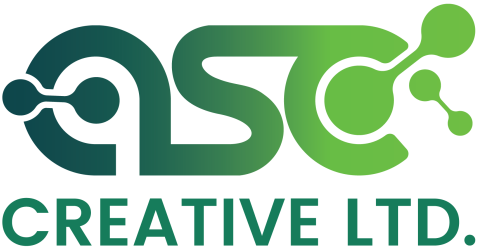If you came here to learn about AI Agents, you are in the right place. AI Agents are the next wave of innovation to help improve business productivity.
This video helps explain why the role of phone applications is diminishing, and the power of AI Agents will supplement them.
We hope that you enjoy it.


Recent Comments